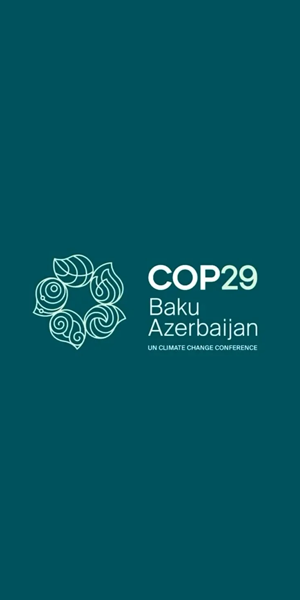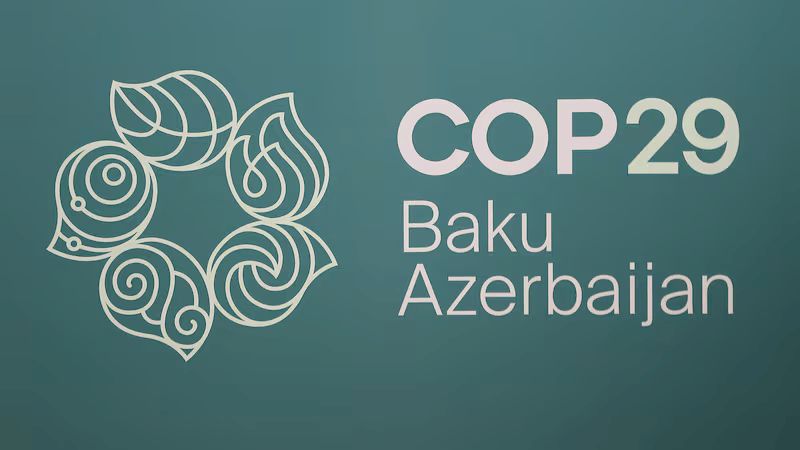
Picture from Stock
Micro-grids as a self-sufficient energy system could potentially provide a solution to Africa’s ongoing low electrification rates. These small and often isolated electrification solutions with the ability to easily harness renewable energy sources could pose the answer – or at least part thereof to the continents electrification problems.
It is well known and accepted that access to a reliable and uninterrupted power supply is critical to economic growth, development and sustainability, particularly in developing economies. Africa is no exception.
However, the documented electrification rates show that whilst Africa’s current population of more than 1.3 billion (United Nations, as of Saturday, September 19, 2020[1]), which is equivalent to 16.72% of the world population, the continent consumes a mere 4% of global electricity.[2]
Weighing the global priority of building carbon neutrality to counter climate change against a conflicting objective to electrify the masses, the road ahead for Africa can feel very challenging.
On 11 January 2021, Secretary-General Antonio Guterres of the UN, said: “To achieve net zero emissions by 2050, we need an urgent transition from fossil fuels to renewable energy” – a definite challenge for Africa with its very low electrification rates that still rely heavily on fossil fuels.
According to the Electricity Access in Sub-Saharan Africa report by AFD and the World Bank Group in 2019, the electrification rate in Africa is 43.5%. This is in sharp contrast to the figures in the 2018 World Bank World Development Indicators: Demographic and Health Surveys and Multiple Indicator Cluster Surveys for the Middle East and North Africa (MENA) stats that show a 98.7% electrification rate.
If the current low rate of electrification continues, the World Bank estimates that although by 2060 1,694.2 million people living in Africa will have access to electricity, a staggering 1,105.8 million will not. This is clearly not a sustainable future for a continent with enormous potential (and need) for economic growth.
71,500 people will need to be provided with access to electricity every single day.
Further to the World Bank’s indications (above), of the staggering billion people across Africa that will not have access to electricity by 2060, 98% of them will be sitting in the Sub-Saharan region.
What this essentially means is that in order to achieve 100% electrification, no fewer than 71,500 people will need to be provided with access to electricity every single day, for the next 40 years. An almost impossible target to reach when taking the infrastructure gaps into consideration.
The African map indicating existing transmission networks clearly indicates that electrification does not adequately cover many of the populated areas. However, these ‘dead zones’ do not necessarily mean that the population has no access to power.

South Africa is part of the Southern African Power Pool, which is the connected electricity supply networks of twelve member states.
In July 2020, the South African Department of Minerals and Energy published the determination issued by the minister for 2,000MW of electricity to be procured from a range of energy source technologies.[3]
This was done in line with the Integrated Power Plan (IRP) that was finalised in 2019 to diversify the energy mix while attempting to address the serious problem of insufficient energy capacity.[4]

Witnessing the benefits to participating Member States, the Southern African Development Community’s (SADC) Regional Energy Sector Programme aims to incorporate the other outlying SADC Member States into the Southern African Power Pool, extending grid connections to encompass the whole region and furthering the benefits of a regional energy market.
But is all of this enough to solve the low electrification rates, and can it be accomplished timeously and in line with the need for reduction in carbon emissions as per the Secretary-General of the UN’s statement earlier this year?
Micro-grids could be part of a short-term electrification solution
Micro-grids as an electrification solution offers a financial benefit over the costly transmission expansion required to electrify rural areas throughout Africa.
If the solution starts with existing micro-grids in communities, new systems could be developed in areas with no electricity whatsoever. As the systems gradually expand, the cost of connecting to other micro-grids as well as the greater interconnected transmission systems reduces significantly.
The impact of this could see a far greater reach into current ‘no electrification zones’, thereby helping to connect more citizens across the African continent.
A further advantage is that micro-grids allow for far easier inclusion of renewable energy options into their power generation due to their size and structure. Africa is well placed for the diversification of energies with vast resources available to most countries across our continent.

Further benefits of an expanding micro-grid network would be the increased ability to easily harvest renewable energy sources including solar, wind and biomass.
In a 2018 report (Africa’s Pulse), the World Bank stated that: “The path to universal electrification will also incorporate interconnected or stand-alone ‘mini-grids and ‘microgrids’ serving small concentrations of electricity users, and off-grid home-scale systems”.
It went on to add that “microgrids present an ‘interesting middle ground’ between home-scale systems and the extension of national grids in accelerating electrification in many SSA countries.”
If co-operation across the African continent saw the linking up of all micro-grids, this could hold the key, at least in part, to help solve Africa’s dire electrification needs and place Africa significantly closer to effectively and efficiently harvesting its available renewable energy resources, thereby simultaneously reducing its carbon emissions.
References
[1] https://www.worldometers.info/world-population/africa-population/
[2] https://www.iea.org/reports/africa-energy-outlook-2019
[3] Department of Minerals and Energy South Africa. 2020. ‘Ministerial Determination’. Government Gazette, Pretoria. https://www.gov.za/sites/default/files/gcis_document/202007/43509gon753.pdf Accessed on 12 December 2020.
[4] Department of Minerals and Energy South Africa: ‘Integrated Resource Plan’ (Department of Energy, Pretoria, 2019). Available at http://www.energy.gov.za/IRP/irp-2019.html. Accessed 12 December 2020.










